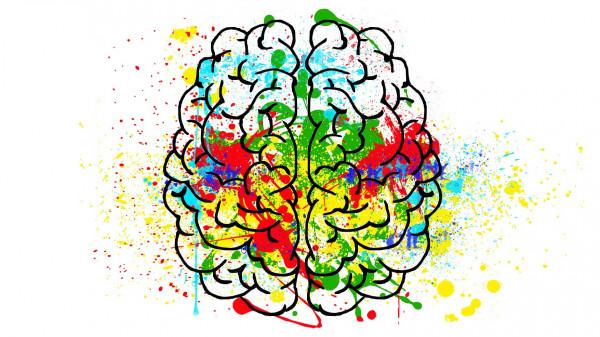How to Enhance Your Creative Thinking
Curated from: sparringmind.com
Ideas, facts & insights covering these topics:
10 ideas
·99.1K reads
494
13
Explore the World's Best Ideas
Join today and uncover 100+ curated journeys from 50+ topics. Unlock access to our mobile app with extensive features.
Restrict yourself
Research suggests placing self-imposed limitations can boost creativity.
It forces your brain to come up with creative solutions to finish a project around the parameters you’ve set.
2.41K
16.8K reads
Re-conceptualize the problem
Instead of thinking of a cut-and-dry end goal to certain situations, creative people sit back and examine the problem in different ways before beginning to work.
If you find yourself stagnating by focusing on generic problems, try to re-conceptualize the problem by focusing on a more meaningful angle.
For example: Instead of thinking “What would be something cool to paint?” rather ask, “What sort of painting evokes the feeling of loneliness that we all encounter after a break-up?”
2.5K
11.7K reads
Create psychological distance
Creating “psychological” distance may be useful for breaking through a creative block.
Try to imagine your creative task as being disconnected and distant from your current position/location - this may make the problem more accessible and can encourage higher level thinking.
2.05K
10.7K reads
Daydream, and then get back to work
Daydreaming and incubation are most effective on a project you’ve already invested a lot of creative effort into.
Incorporating breaks into your work-flow can increase your chance to come up with creative solutions to problems.
2.03K
9.69K reads
Embrace something absurd
Research suggests that reading/experiencing something absurd or surreal can help boost pattern recognition and creative thinking.
2.14K
10K reads
Separate work from consumption
We are often in two very different states of mind when
- absorbing an activity and
- when we are trying to create something.
Turn off your “work mode” and consume more inspiration in the form of reading, watching, and observing.
2.08K
8.82K reads
Create during a powerful mood
From a new study on creativity in the workplace:
Creativity increased when both positive and negative emotions were running high. Next time you’re in a strong emotional state, try to sit down and focus that energy on creating something.
2.24K
8.42K reads
Get moving
Exercise can actually boost creative thinking due to its ability to get the heart pumping and put people in a positive mood.
If you’re stuck in a creative rut and want to take a break, try including exercise.
2K
7.42K reads
Ask “What might have been?”
Looking at a situation that has already occurred and asking yourself, “What could have happened?” can boost creativity for short periods of time.
According to an analysis by Jeremy Dean:
- Analytical problems are best tackled with thinking about what could have been taken away from the situation.
- Expansive problems benefited most from thinking about what could have been added to the situation.
1.98K
7.06K reads
How to Kill Creative Thinking
- Role mismatch.
- Too much/too narrow end-goal restriction.
- Strict ration of resources, including insufficient time.
- Lack of group diversity produces less creative results.
- Discouragement. Too much criticism, endless evaluation and negative comments.
- No positive feedback. Praise and positive feedback are essential for creative people, who thrive on having their ideas impact the lives of others.
2.05K
8.25K reads
IDEAS CURATED BY
Carter X.'s ideas are part of this journey:
Learn more about personaldevelopment with this collection
Conducting effective interviews
Identifying the right candidates for the job
Creating a positive candidate experience
Related collections
Similar ideas
11 ideas
How to Be Creative When You're Not Naturally Creative
blog.hubspot.com
5 ideas
For a More Creative Brain, Follow These 5 Steps
vertexviews.wordpress.com
3 ideas
Read & Learn
20x Faster
without
deepstash
with
deepstash
with
deepstash
Personalized microlearning
—
100+ Learning Journeys
—
Access to 200,000+ ideas
—
Access to the mobile app
—
Unlimited idea saving
—
—
Unlimited history
—
—
Unlimited listening to ideas
—
—
Downloading & offline access
—
—
Supercharge your mind with one idea per day
Enter your email and spend 1 minute every day to learn something new.
I agree to receive email updates




